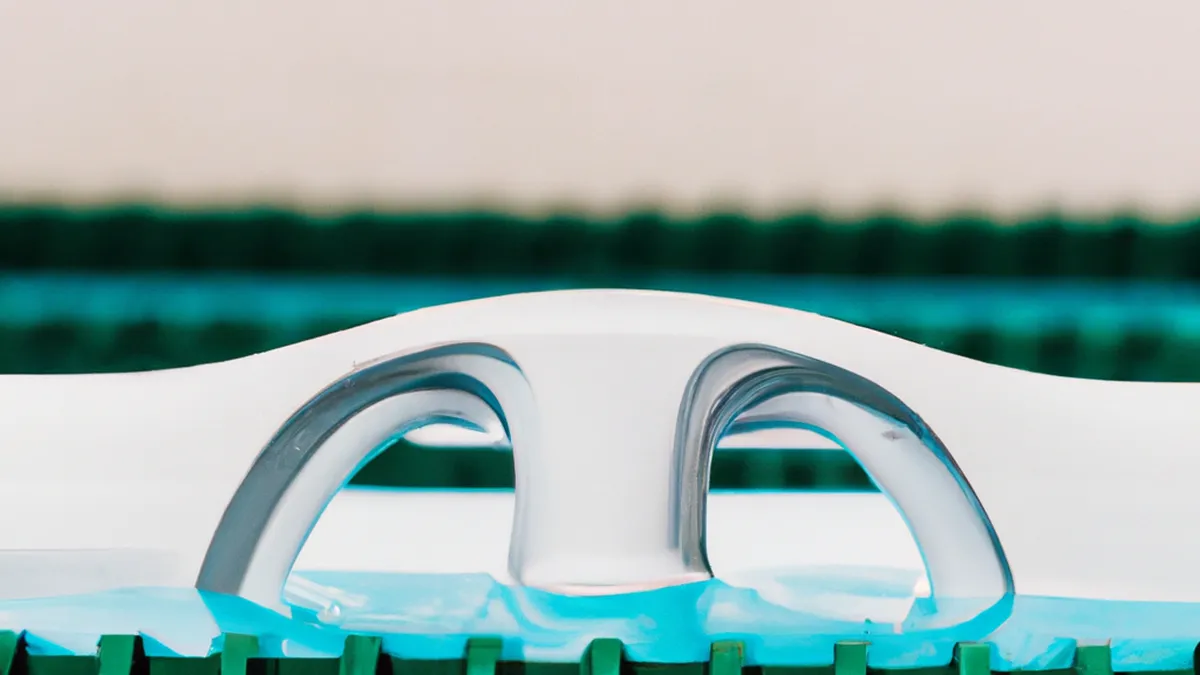Steady Steps: Cardio Goal Setting Tips
Setting Realistic Cardio Goals for BeginnersStarting a cardio routine excites many beginners. They often feel motivated to begin and improve their fitness. However, setting realistic goals ensures long-term success. This blog post guides you in creating achievable cardio goals that fit your lifestyle.
Understanding Your Fitness Level
Before setting goals, assess your fitness level. Are you a complete beginner or have you exercised before? Knowing your starting point helps you set appropriate targets.If you’re new to exercise, start small. Focus on what you can comfortably do. A 10-minute walk is a great starting point! As you build endurance, gradually increase your workout duration and intensity.If you have some experience, reflect on past workouts. Identify what worked well and what didn’t. This helps you set informed goals. For example, if running felt too challenging, you might prefer cycling.
Setting SMART Goals
As an Amazon Associate I earn from qualifying purchases.
Gear tip: consider compression socks, soft flasks, and compression sleeves to support this topic.
Use the SMART criteria to create effective goals. SMART goals are Specific, Measurable, Achievable, Relevant, and Time-bound. Let’s explore each component.
Specific
Your goals should be specific and clearly defined. Instead of saying, “I want to get fit,” specify what that means. For example, say, “I want to run for 20 minutes without stopping.” This clarifies your focus and creates a clear target.
Measurable
Ensure your goals are measurable to track your progress. Quantify your achievements. For instance, aim to walk 5,000 steps daily or increase jogging time by 2 minutes weekly. This provides clear metrics for celebrating your progress.
Achievable
Make sure your goals are realistic and attainable. Consider your fitness level and time constraints. Setting unachievable goals can lead to discouragement. Start with manageable targets that challenge you but remain within reach. If you walk 10 minutes daily, aim for 15 minutes instead of an hour.
Relevant
Choose goals that align with your interests and lifestyle. If you dislike running, don’t force that activity. Opt for activities you enjoy, like dancing, cycling, swimming, or brisk walking. Enjoyable activities encourage commitment and sustainability.
Time-bound
Set a timeframe for your goals to create urgency. This helps you stay focused and committed.
Conclusion
In summary, assess your fitness level, set SMART goals, and choose enjoyable activities. These steps will help you succeed in your cardio journey.
Below are related products based on this post:
FAQ
What should I consider before setting cardio goals?
Before setting cardio goals, it’s essential to assess your fitness level. Determine whether you are a complete beginner or have prior exercise experience, as this will guide you in setting appropriate and achievable targets.
What are SMART goals and why are they important?
SMART goals are Specific, Measurable, Achievable, Relevant, and Time-bound. They are important because they provide a clear framework for setting effective fitness goals, ensuring that you can track your progress and stay motivated throughout your cardio journey.
How can I make my cardio routine enjoyable?
To make your cardio routine enjoyable, choose activities that align with your interests and lifestyle. If you dislike running, consider alternatives like dancing, cycling, swimming, or brisk walking, as enjoyable activities promote commitment and sustainability in your fitness journey.















Post Comment